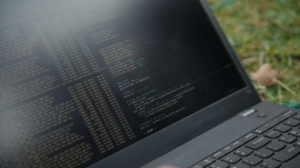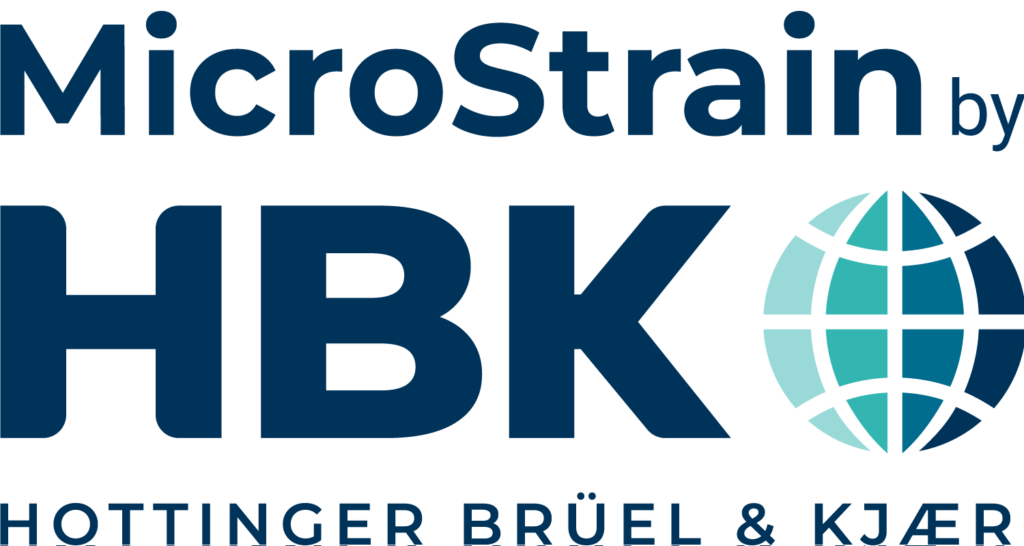 MicroStrain by HBK discusses key features and the staged rollout of version 4.0.0 of its ROS driver.
MicroStrain by HBK discusses key features and the staged rollout of version 4.0.0 of its ROS driver.
As our microstrain_inertial_driver has become the preferred choice to replace or complement existing ROS packages like robot_localization, we’ve been diligently working to further enhance its integration capabilities.
We’ve listened to your feedback and have made significant improvements to ensure a smoother, more efficient experience.
Key features of the new release:
- ROS Standards Compliance: All published messages are now fully compliant with ROS standards, ensuring seamless integration and better compatibility with your systems.
- Device-Specific Examples: We’ve introduced easy-to-use, self-contained examples for each device, making setup and usage a breeze.
- Transform Publishing: This feature simplifies integration with popular tools like RViz, robot_localization, move_base, and Nav2.
- Enhanced GNSS Capabilities: Now, relative position reporting is available on all GNSS devices. This feature, previously exclusive to the GQ7, is a game-changer.
- Support for 3DM-CV7-INS and 3DM-GV7-INS: Expand your horizons by taking additional aiding measurements while leveraging MicroStrain’s cutting-edge filtering capabilities.
Staged rollout for a seamless transition:
To ensure a smooth transition and minimize disruption, we’re adopting a staged rollout approach for these updates. Please note that version 4.0.0 is not backwards compatible, but we’ve got you covered with an phased release schedule:
- January 26, 2024: Version 4.0.0 will be available on Github. Eager to try the new features? Simply check out and manually build the 4.0.0 (ROS) or ros2-4.0.0 (ROS2) tags following our Building from Source instructions for ROS or ROS2.
- April 1, 2024: The official release to the ROS buildfarm takes place. You can continue manually building as before, or conveniently install from the ROS package index with these instructions. If you prefer the previous version, you can check out and manually build the desired tag from our available tags.
Read the full article, or visit the Microstrain ROS page to find out more.









